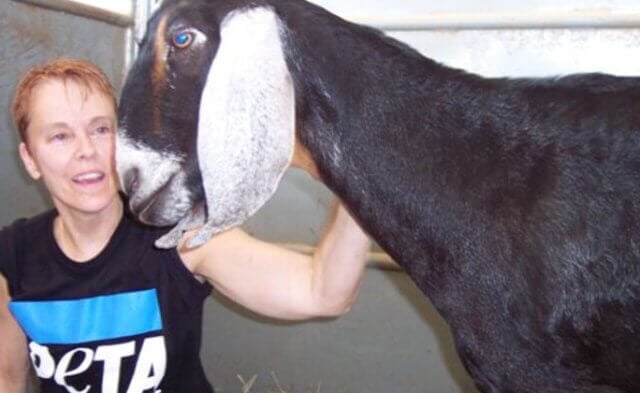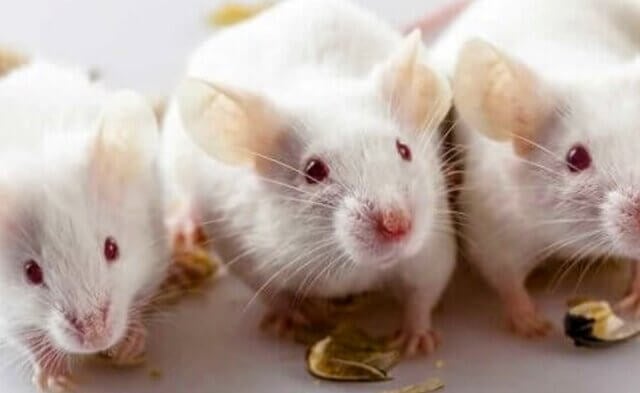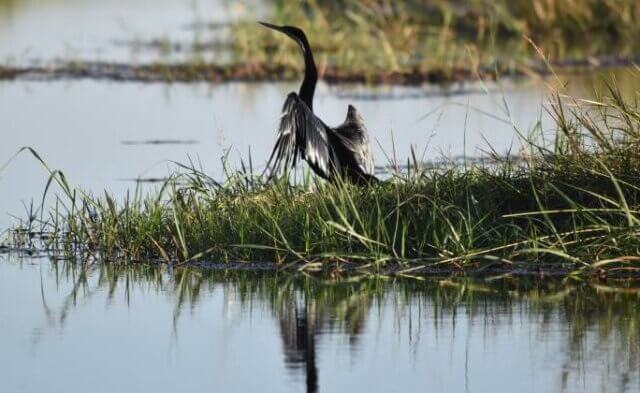By Rebecca Libauskas
In this era of movie sequels and remakes, a question sparked during my annual viewing of “It’s a Wonderful Life.” What would Clarence the angel show George Bailey today? In my reimagining of the film for 2024, I made the protagonist vegan. That way, audiences could witness the profound positive ripple effect that one person can have on the planet and all its inhabitants.
Clarence would show a vegan George how he helped keep the planet clean and green: Each vegan conserves 1,100 gallons of water, nearly 40 pounds of grain and 30 square feet of forested land every single day. And going vegan for just a month can prevent 620 pounds of hazardous carbon emissions and safeguard 913 square feet of rainforest from destruction. Raising animals for food, on the other hand, requires substantial amounts of land, feed, energy and water and emits planet-warming greenhouse gases.
Clarence would also reveal to George how vegan food had helped him live a long and healthy life. Scientific research consistently shows the health benefits of eating plants, such as a reduced risk of chronic diseases. In a recent study led by Stanford Medicine, scientists looked at 22 sets of identical twins (one vegan, the other an omnivore) to compare the effects of their eating choices. The results showed that going vegan can improve heart health in just eight weeks. Another new study focused on both kids and adults who went vegan and found that they had a lower risk of heart disease.
Vegan George would be proud to see how his choices had helped address a serious global challenge: hunger. The most recent U.N. report on hunger tells us that about 828 million people experienced hunger in 2021. Yet we continue to use enormous amounts of land, water and other resources to grow crops to feed animals raised for food—even though feeding humans with plants instead is more efficient. Plus, raising animals for food produces only a fractional quantity of meat for every pound of feed they consume. To illustrate: Animals need to eat up to 10 pounds of grain to grow one meager pound of flesh. A single person’s commitment to living vegan can set off a domino effect of positive changes by abandoning this unsustainable, cruel food system.
Clarence would show George all the animals he had saved. Animals on factory farms endure cramped, disgusting conditions and are denied the opportunity to do anything that’s natural and meaningful to them. Agonizing mutilations, such as debeaking and castration — without painkillers — are routine. Unsanitary conditions contribute to disease spread, and selective breeding for rapid growth leads to health issues, including skeletal problems and organ failure. By refusing to pay for animal-based foods, vegans reduce the demand for them. And each vegan spares up to 200 animals a year from daily misery and horrific death.
The moral of “It’s a Wonderful Life” is that our actions affect those around us, and that will always be true. By going vegan, we influence our communities and those beyond. We become ambassadors for change, inspiring friends, family — and even strangers — to embrace the power of plants. Facebook, TikTok, Instagram and other social media platforms have become modern-day town squares where we share recipes, tips and stories. The sense of camaraderie among those striving for a compassionate world reminds us that we aren’t alone. And in the future, when our descendants study our posts like we study cave paintings, they will know which of us helped usher in an ethical, sustainable food system. What a wonderful legacy of compassion!
Even though many of us grew up eating meat, eggs and dairy, each of us has the power to write a new and better chapter in our lives. And in homage to the movie’s famous line, “Every time a bell rings, an angel gets his wings,” consider this: Every time we make a vegan choice, we make a difference.





